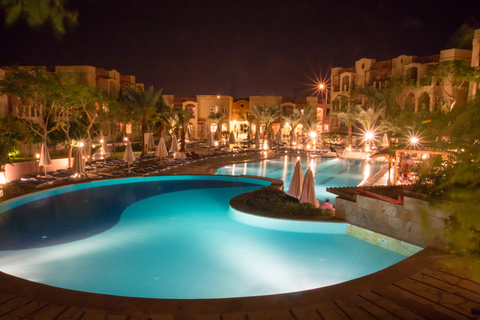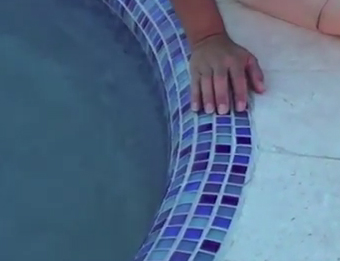ARTICLES
Advance Search
Aquatic Health
Aquatic Health, Fitness & Safety
Around the Internet
Aquatic Culture
Aquatic Technology
Artful Endeavors
Celebrity Corner
Life Aquatic
Must-See Watershapes
People with Cameras
Watershapes in the Headlines
Art/Architectural History
Book & Media Reviews
Commentaries, Interviews & Profiles
Concrete Science
Environment
Fountains
Geotechnical
Join the Dialogue
Landscape, Plants, Hardscape & Decks
Lighter Side
Ripples
Test Your Knowledge
The Aquatic Quiz
Other Waterfeatures (from birdbaths to lakes)
Outdoor Living, Fire Features, Amenities & Lighting
Plants
Ponds, Streams & Waterfalls
Pools & Spas
Professional Watershaping
Structures (Editor's Notes)
Travelogues & History
Water Chemistry
WaterShapes TV
WaterShapes World Blog
Web Links
Around the Internet
Aquatic Culture
Aquatic Technology
Artful Endeavors
Celebrity Corner
Life Aquatic
Must-See Watershapes
People with Cameras
Watershapes in the Headlines
In my work as a construction-defect expert witness, I see a certain problem in the design and construction of spillways all too frequently: When the system is initiated, the flow of water down the face of the dam wall will behave more or less as desired, holding to a narrow path into the pool or trough that awaits it. After a time, however, that water will begin to migrate, spreading out farther and farther beyond the desired pathway until the material - usually some sort of
French Olympic Swimming Champ Killed in Deadly Helicopter Crash
It's a fact: Those who own and operate commercial aquatic facilities spend a lot of time trying to find ways to keep costs under control. From elaborate hotel pools to huge waterparks, it's all about finding money to reinvest in new programs and features - or a simple matter of keeping the doors open. In a recent article, I wrote about how the increasing use of
I followed a well-worn path when I started designing watershapes: I acquired a drafting table and worked at gaining proficiency in the use of pencils, protractors, scales, squares, various templates, colored markers and a multiplicity of other drawing tools as a means of communicating design ideas to my clients. To this day, I have great admiration for those who work quickly and decisively with these tools, but about ten years ago I was introduced to an array of digital design systems - and I've been
In decades past, comfort wasn't typically uppermost in mind when spas were being designed and built in conjunction with swimming pools. Jet placements could be arbitrary, walls were almost always set at 90-degree angles to the seats and, perhaps least thoughtful of all, coping was set up pool-style, with grab edges that hit anyone tall enough to get on an amusement-park thrill ride somewhere in the back, shoulders or neck, making it difficult to relax and enjoy the experience. These days, fortunately,
For the past six years - ever since that fateful day in the spring of 2009 when I decided that my offsite storage space was far too inconvenient to be worth the monthly cost - I've been surrounded in my office by floor-to-rafters shelving stacked with back issues of WaterShapes. I love the old magazines, and despite the fact everything we ever printed is now easily available online, I still
Security Guard Photographs Ghost at Swimming Pool
Over the holidays this past December, we broke with family tradition and, instead of gathering around tree and hearth as we've done as a family every year since 1982, all of us headed to the Big Island of Hawaii for an entirely new sort of celebration. My wife and I had been there once before, staying at what was then the newly opened Hyatt Regency Waikoloa for a meeting of the National Spa & Pool Institute's Board of Directors. (I recall that Skip Philips was chairman at the time.) After that meeting nearly 25 years ago, Judy and I had taken several extra days and motored around the island at a leisurely pace, staying in tiny motels and spending most of our time
In my work as a construction-defect expert witness, I've seen how damaging salty water can be to hardscape materials around pools and spas equipped with saltwater chlorination systems. It's so common that, personally, I now try to avoid using those devices on the watershapes I design and build. It's not that I think saltwater chlorination is intrinsically evil; instead, it's the fact I've seen so many different things go wrong with watershapes that have these systems that I decided some time ago that they weren't for me. It's often said that
Among the many things I like about working on WaterShapes.com and its companion digital newsletter is the opportunity it has given me to write. Back when I was with Pool & Spa News, I wrote opening editorials in just about every issue for nine years. That kept the engine going, but I wouldn't exactly describe the "Reflections" I wrote there as either free-wheeling or exactly




















